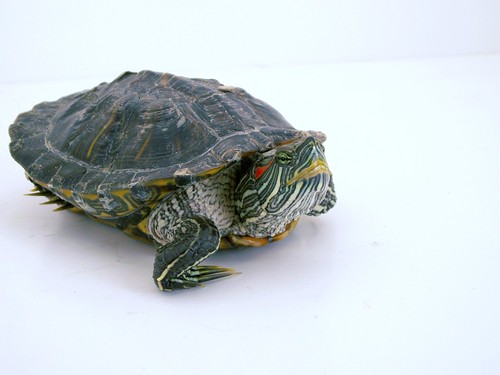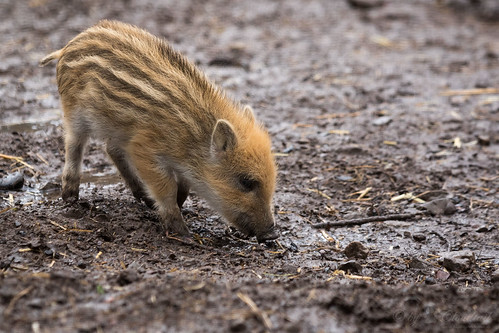Invasive Species Take Over
![]() Nicholas LabyrinthX via Compfight
Nicholas LabyrinthX via Compfight
Imagine having a new roommate move in with you, that you knew nothing about and just starts invading your home. How would that make you feel? Would that make you feel uncomfortable? Well, that is what an invasive species can be like. Invasive species are animals or plants from another region of the world, that don’t belong in their new environment. They can be introduced to an area by ship ballast water, accidental release, and most often by people. Invasive species can lead to the extinction of native plants and animals; destroy ecosystems and permanently change habitats. Three invasive species that have invaded other habitats are known to be the European Starling, Red-Eared Slider, and the Feral Pig.
 Caroline Johnston via Compfight
Caroline Johnston via Compfight
The European Starling, invited or not? The European Starling is a bird that invaded North America in the late 1800s. A man known as Eugene Scheiffelin released sixty European starlings into New York’s Central Park because he hoped to beautify the city. Also, many European settlers freed starlings from birdcages to fill their new gardens with birdsong from home. The Starlings homeland is Eurasia, North Africa. Starlings are known as alien invaders because they come from another region, and invaders because they are taking over. In cities, starlings spread diseases by fouling on cars, balconies, handrails, and playground equipment with their droppings. In spring, they chase away shyer birds like; bluebirds and swallows out of their nesting holes. They eat the eggs and then lay their own. In Autumn, starlings fly in huge flocks and swarm farmlands, eating up all the grains, corn, and ripe fruits. Today starlings are called dirty, noisy, and disease-spreading pests.
Cloudtail the Snow Leopard via Compfight
The Red-Eared slider is a cute little water turtle but is also known to be a bully. Their home waters are in the Mississippi River in the United States. In the 1970s, turtle farmers have raised red-eared sliders for international pet sales. These turtles have invaded areas like Southeast Asia, Islands in the Caribbean Sea, France, and Israel. Softhearted owners release their sliders into the wild when they outgrow their tanks. When released into nature, these turtles gobble up water plants, dragonfly larvae, crayfish, frogs, toads, salamanders, and small fish. They bully water-birds off egg-filled nests and then spread out their reptile legs, neck, and tail to absorb the warm rays of the sun. Sliders weigh more than adult waterbirds, so they press the bird eggs underwater and drown them. In France and California, red-eared sliders threaten endangered native turtles by outcompeting them for food and by staking out the best basking spots.
Hawaii, can it be the paradise lost land for the Feral pig? The first pigs trotted off Polynesian ships onto the Hawaiian Islands in about 400 A.D. In 1778, Captain James Cook released a pair of European pigs onto the Islands. Now large hybrid wild pigs are the most serious invasive species on the Hawaiian Islands. The homeland for the feral pigs is Eurasia, North Africa. Invading feral pigs, along with other mosquitoes, and parasites show no respect for glorious Hawaii. Feral pigs scarf down anything from snails, grain, nesting seabirds and their eggs. They eat fruiting or flowering plants and spread seeds in their poop. The pigs make a hole by digging entire trees but eat only the roots. These pigs have definitely made themselves at home in the Hawaiian Islands.
In conclusion, are all invasive species bad? No one can really confirm that invasive species are all good or all bad. Some species are clearly harmful, while others may have benefits. For example, the feral pig might eat anything and everything in sight but can also spread seeds in their poop. By the feral pig doing this, it can help the habitat with growing more vegetation. Another example is the European starling which can be a little harmful to its habitat because it can easily spread diseases. So the next time, you see an animal nearby; you should ask yourself where did it really come from.


